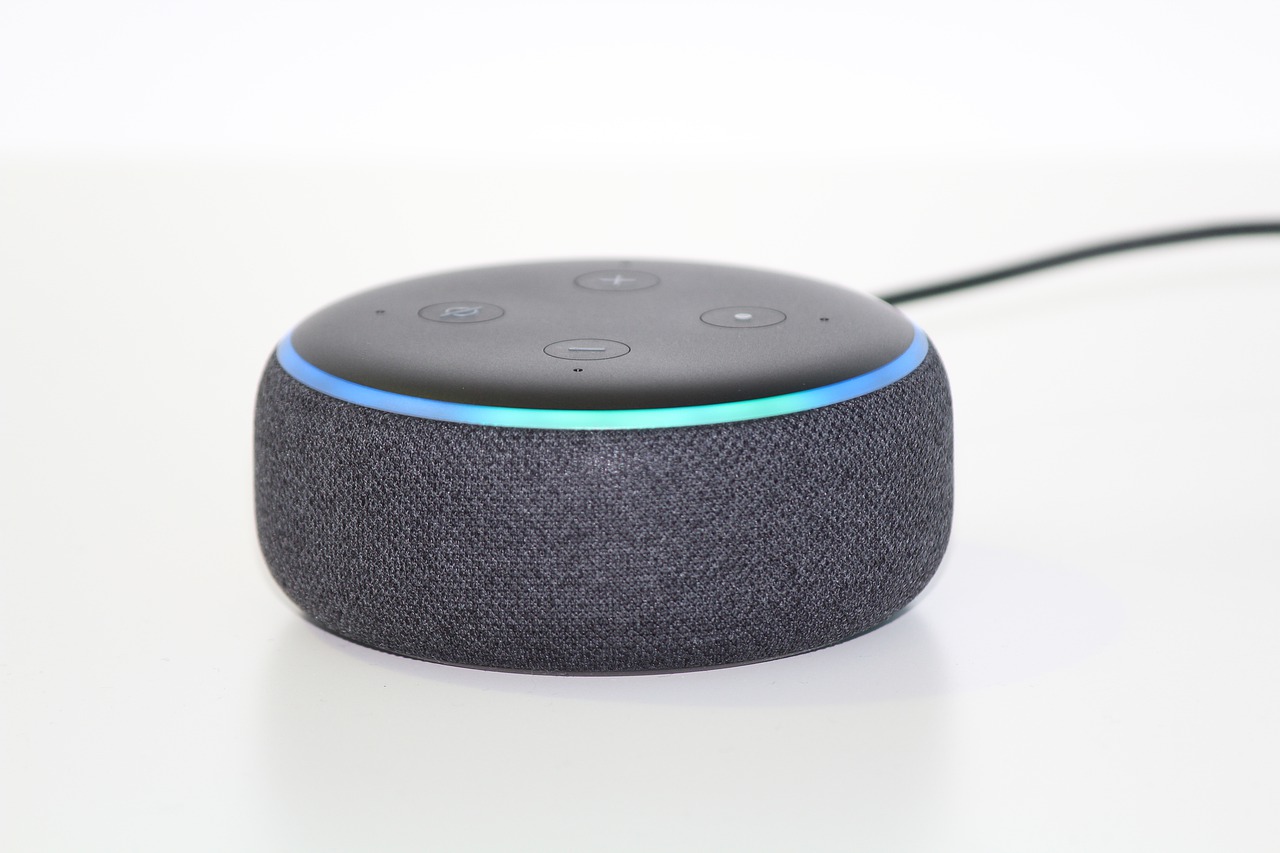What organisations can do with data is set to dramatically shift in 2021 and beyond, according to IoT connectivity specialist Eseye, as more IoT devices are deployed and the data they generate dwarfs that collected through traditional online channels. Eseye predicts that data mined from user interactions with things rather than digital services will create a wealth of rich data, bigger and more detailed than online data ever was, enabling new business models, the creation of new products and services and new levels of understanding of human behaviour.
Services like Amazon, Facebook and Netflix capture a wealth of consumer usage and behaviour data which is stored, analysed and used to digitise and reinvent shopping, social interactions and entertainment as custom personalised, data-driven services. This has had an extraordinary effect on the creation of new personalised services and new disruptive business models. As radical a change as this was, now IoT data is set to power unprecedented levels of innovation over the coming years.
According to Eseye, this innovation will be seen not just in the next generation of classic IoT devices, which will become much more interactive and personalised to real time behaviour, but also in the development of a new set of devices created through the fusion of multiple sensors, cellular connectivity to the cloud and advanced AI techniques. This combination will enable near real time predictions of what services should be dynamically configured into those devices to maximise revenue and collect even more data and deliver huge value.
“IoT companies that see the potential, not just in the device but also in the data collected, will be the big winners,” comments Nick Earle, CEO, Eseye. “As we come out of the pandemic, organisations will be looking for new ways to innovate, and IoT data has the potential to disrupt business models and processes in practically every industry. Disruption, by its nature, comes from places we haven’t even dreamed of, but it can be radical. For example, the people who invented the internet could never have predicted the emergence of services such as Uber and Netflix. Likewise, we can only speculate around what IoT entrepreneurs will come up with once they have access to data from billions of devices capturing rich intelligence on every aspect of our lives and businesses. We predict it will be an even bigger wave of innovation than the first wave of IoT adoption.”
One of Eseye’s customers is already using rich data to predict diseases before they happen. A leading digital therapeutics provider manufactures and sells a next-generation clinical-grade wearable, which delivers actionable insights powered by machine learning, deep neural networks and AI on real time disease trajectory. This helps clinicians predict and prevent serious medical events. For example, chronic diseases, like heart failure, can lead to billions of pounds of unnecessary hospitalisations and re-admissions. Therefore, the potential benefits across the healthcare sector if this model becomes widely adopted are enormous.
Another example is how IoT is helping vulnerable people remain independent through condition monitoring, whereby such devices use personal health data combined with behavioural patterns, and analytics predict when changes in care regimes might be required. These are just two examples of millions of potential applications.
“In 2020 the pandemic has accelerated many of the IoT trends we predicted last year. That’s because an economic slowdown, like we are experiencing, puts enormous pressure on enterprises to reduce costs and increase customer delivered value. IoT does both of these things, and so the pressure for adoption is growing. This sudden need for new technological approaches has happened at a time when IoT is reaching a level of cost and maturity that allows for mainstream adoption. This will increase the ability to collect rich data from these next generation IoT devices, delivering unimaginable insights to power innovation in years to come,” adds Earle.
This is just one of 10 IoT predictions that Eseye is forecasting for 2021 and beyond. Others include how IoT can deliver real time visibility into the food supply chain with technology advances such as printing IoT circuits, batteries, and cellular connectivity onto flexible labels. It’s exploring how IoT – as it becomes more integrated into consumer and industrial products – can provide brands with a direct line to customers, collapsing supply chains to bring original equipment manufacturers closer to consumers.
Furthermore, Eseye is also analysing how mobile network operators (MNOs) are adapting to compete globally and why a federation approach creates a more viable economic model for MNOs to deliver IoT, as well as the emergence of virtual MNOs. Eseye announced its global alliance of MNOs, The AnyNet Federation, in 2019 and over the last year the AnyNet Federation has grown to 12 MNO members, a number which Eseye expects to further grow in 2021.
To find out more about Eseye’s 2021 IoT predictions, download the report here.


